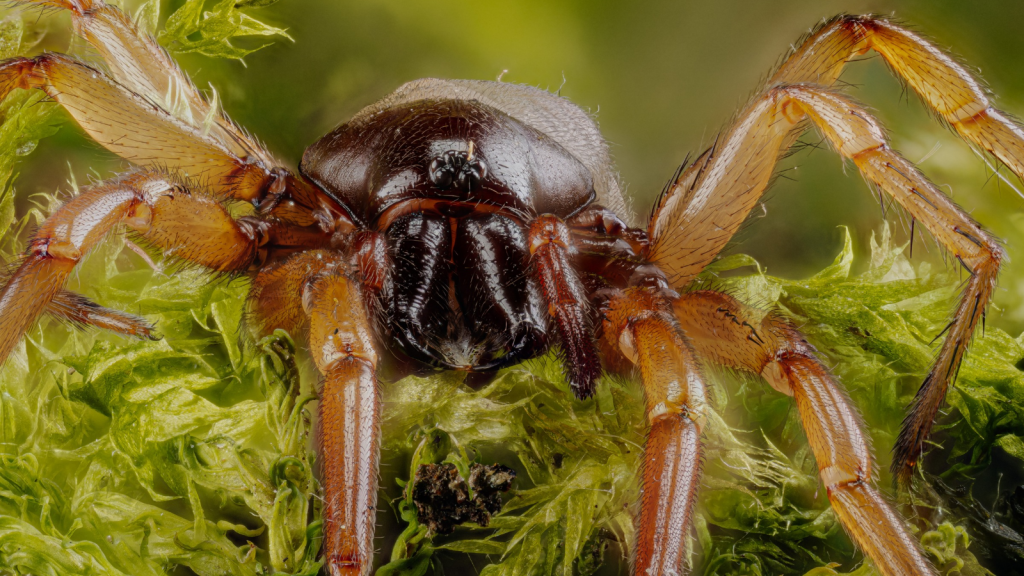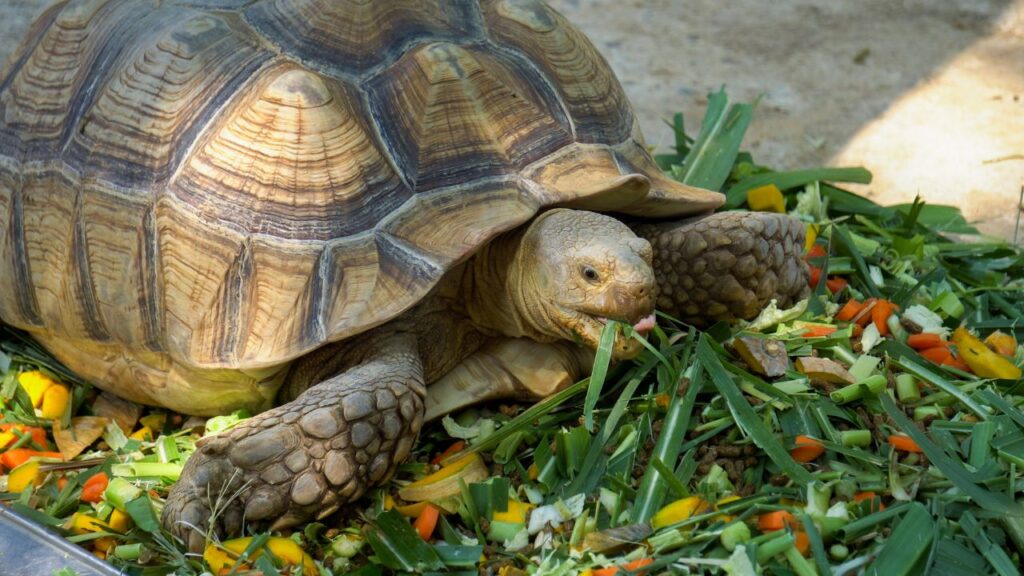Spiders are fascinating creatures that often get a bad rap. While many people fear them, these eight-legged wonders are actually helpful housemates, keeping pest populations in check. Britain is home to over 650 species of spiders, but only a handful are commonly found indoors. This guide will introduce you to 22 of the most frequent eight-legged visitors you might encounter in your home throughout the year. From the tiny money spider to the impressively large house spider, each has its own unique characteristics and behaviours. So, let’s meet these misunderstood arachnids and learn why they deserve our appreciation rather than our fear.
Common House Spider
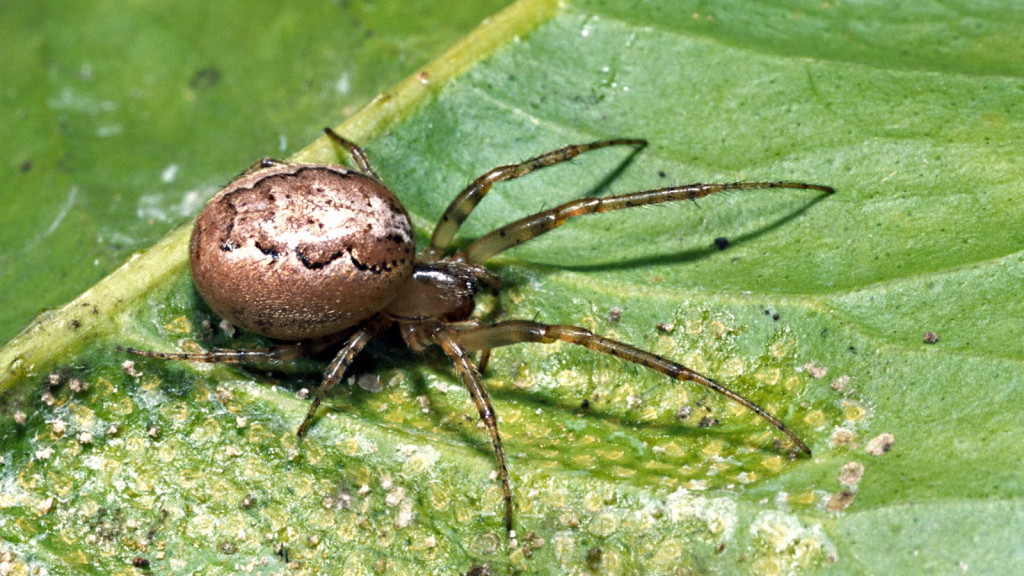
The common house spider is a frequent indoor visitor, especially in autumn. These spiders can grow quite large, with leg spans reaching up to 7.5 cm. They’re known for their speedy movement and tendency to build large, messy webs in corners and behind furniture. Despite their size, they’re harmless to humans and excellent at controlling flies and other insects. Female common house spiders can live for several years, often remaining in the same web if left undisturbed. These spiders are most active at night, when they hunt for prey caught in their webs.
Giant House Spider
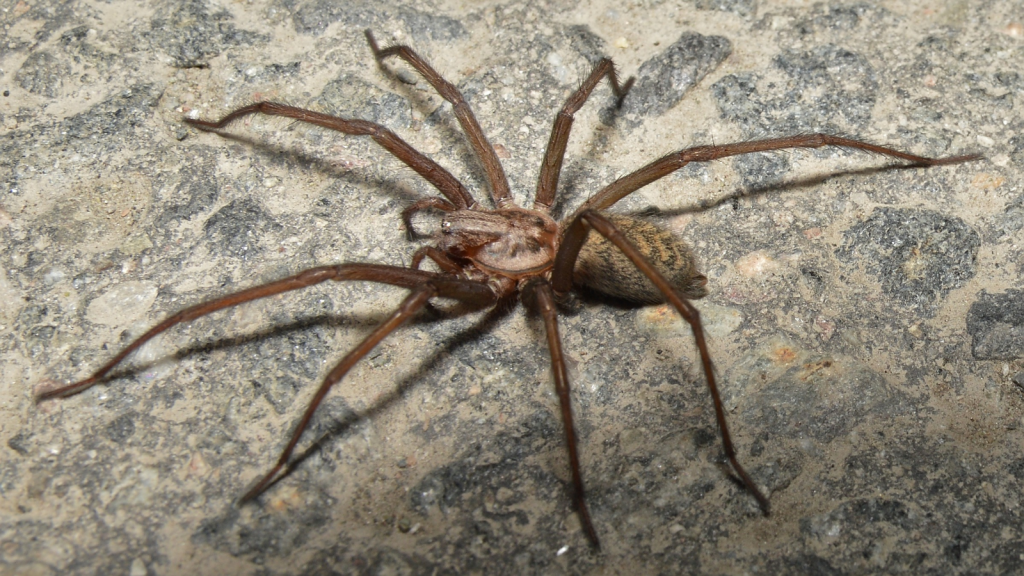
As its name suggests, the giant house spider is one of the largest spiders you’ll find in British homes. They can have a leg span of up to 12 cm and are often mistaken for tarantulas. These spiders are most active in late summer and early autumn when males venture out in search of mates. While their size might be intimidating, they’re not aggressive and prefer to run away when disturbed. Giant house spiders are known for their incredible speed, capable of running up to half a metre per second. They prefer dark, undisturbed areas and are often found in sheds, garages, and attics.
Daddy Long-Legs Spider
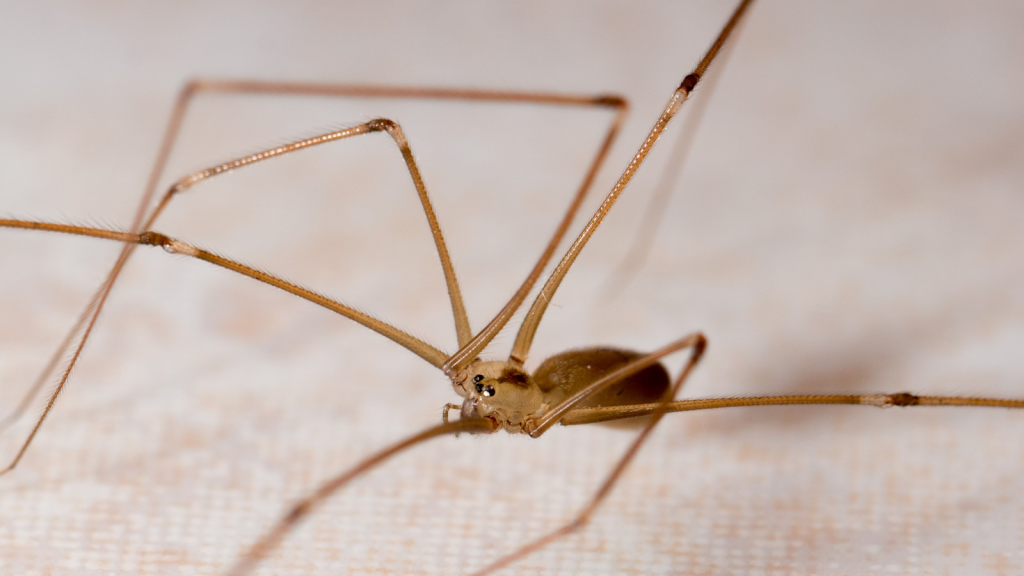
The daddy long-legs spider, also known as the cellar spider, is easily recognisable by its extremely long, thin legs. These spiders often build their webs in the corners of rooms, especially in cellars and bathrooms. They’re known for their unusual hunting technique of vibrating rapidly in their webs to confuse and entangle prey. Despite urban myths, their venom is not dangerous to humans. Daddy long-legs spiders are capable of eating much larger spiders, making them excellent natural pest controllers. They have poor eyesight and rely on vibrations in their web to detect prey.
False Widow Spider
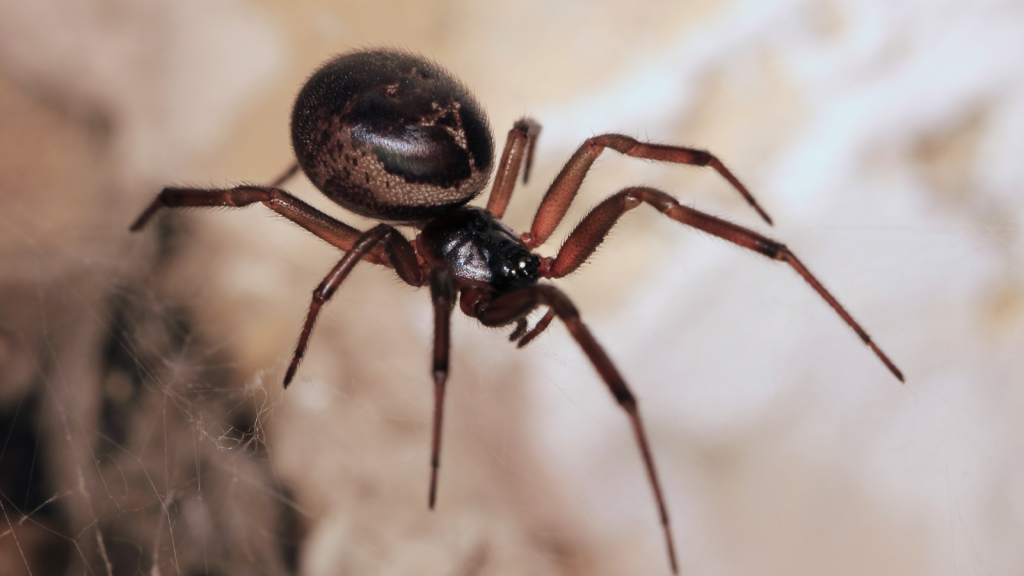
The false widow spider has gained notoriety in recent years due to its resemblance to the more dangerous black widow. However, while their bite can be painful, it’s rarely serious for humans. These spiders are recognisable by their bulbous abdomens with cream-coloured markings. They’re most commonly found in the southern parts of Britain and are becoming more widespread due to climate change. False widows are known for their strong silk, which they use to create tangled, irregular webs. They’re most active at night and prefer warm, dry environments.
Zebra Spider
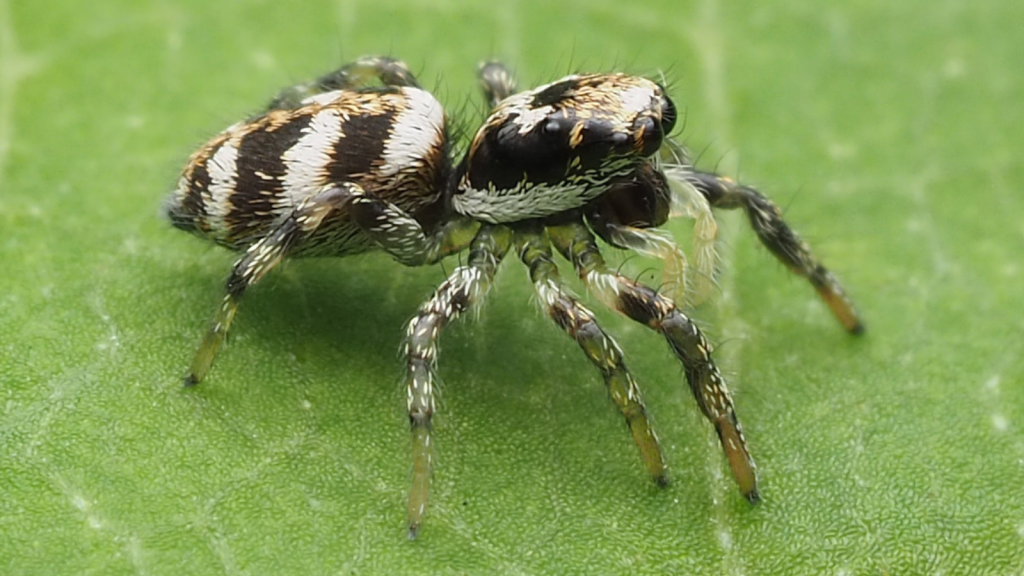
The zebra spider is a small jumping spider known for its distinctive black and white striped pattern. Unlike many other spiders, they don’t build webs to catch prey. Instead, they actively hunt, using their excellent eyesight to spot and pounce on insects. These charming little spiders are often seen on walls and windows, especially on sunny days. Zebra spiders are known for their curious nature and will often turn to look at you if you approach them. They’re capable of jumping up to 40 times their own body length to catch prey or escape danger.
Lace Web Spider
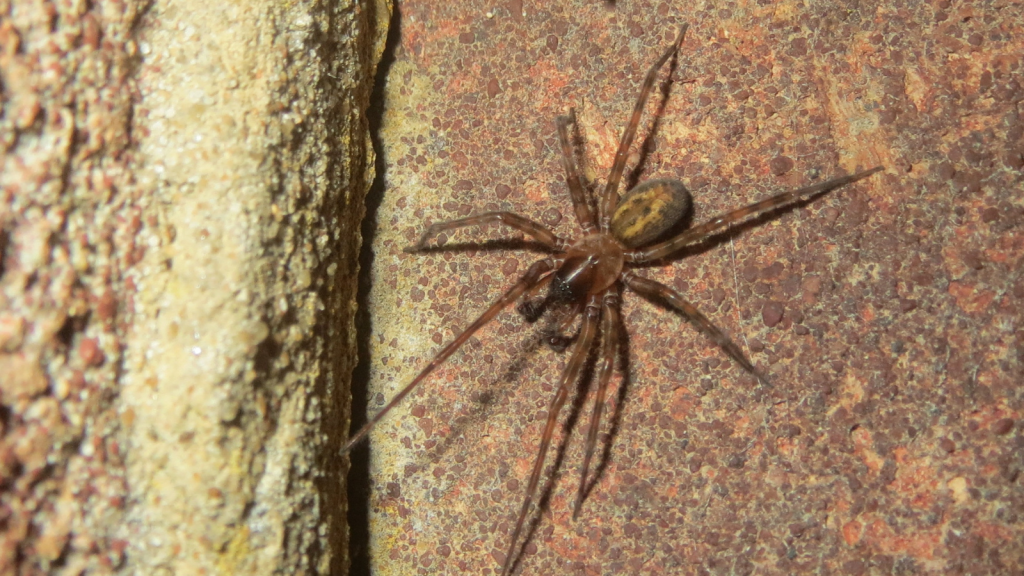
The lace web spider is named for its intricate, lace-like webs often found on outdoor walls and fences. However, they can also make their way indoors. These spiders have a distinctive pattern of white spots on their brown bodies. They’re most active at night and are known for their habit of hanging upside down in the centre of their webs. Lace web spiders are particularly fond of rough or textured surfaces, which provide good anchor points for their webs. They’re patient hunters, waiting motionless for prey to become entangled in their webs.
Money Spider
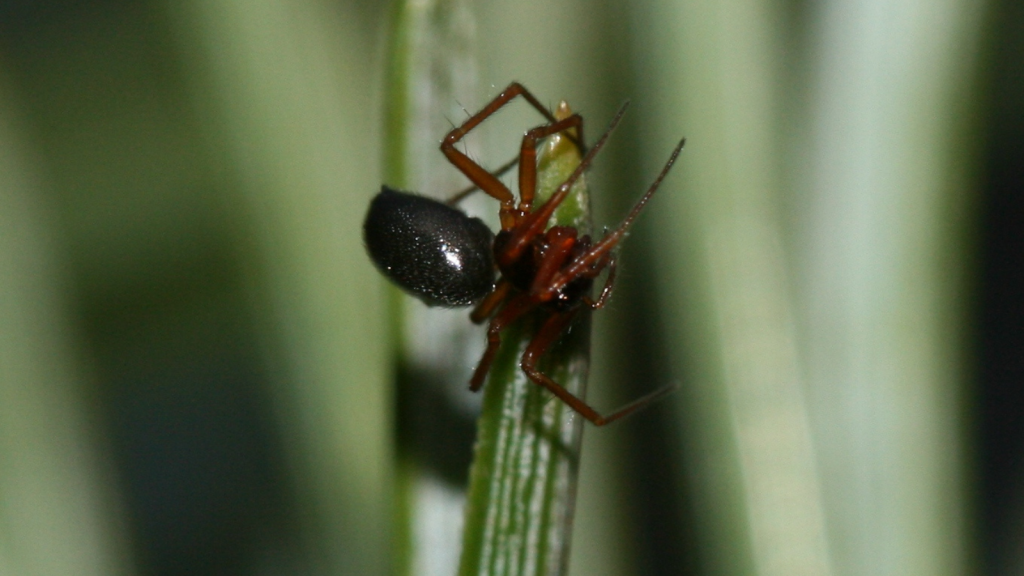
Money spiders, also known as sheet weavers, are tiny spiders that often go unnoticed. They got their name from the superstition that if one lands on you, it will bring good fortune. These spiders build sheet-like webs close to the ground and are harmless to humans. Despite their small size, they play a big part in controlling garden pests. Some species of money spiders are known for “ballooning”, a behaviour where they release strands of silk to catch the wind and travel long distances. This technique allows them to colonise new areas quickly and efficiently.
Cardinal Spider

The cardinal spider is one of the largest British spiders, with a leg span that can reach up to 12 cm. They’re named after Cardinal Wolsey, who was said to be terrified of them at Hampton Court. These spiders are known for their impressive speed and tendency to run towards movement, which can be startling. However, they’re not aggressive and are actually quite shy. Cardinal spiders have excellent night vision and are most active after dark. They don’t build webs but instead hunt their prey actively, using their speed and agility to their advantage.
Cupboard Spider
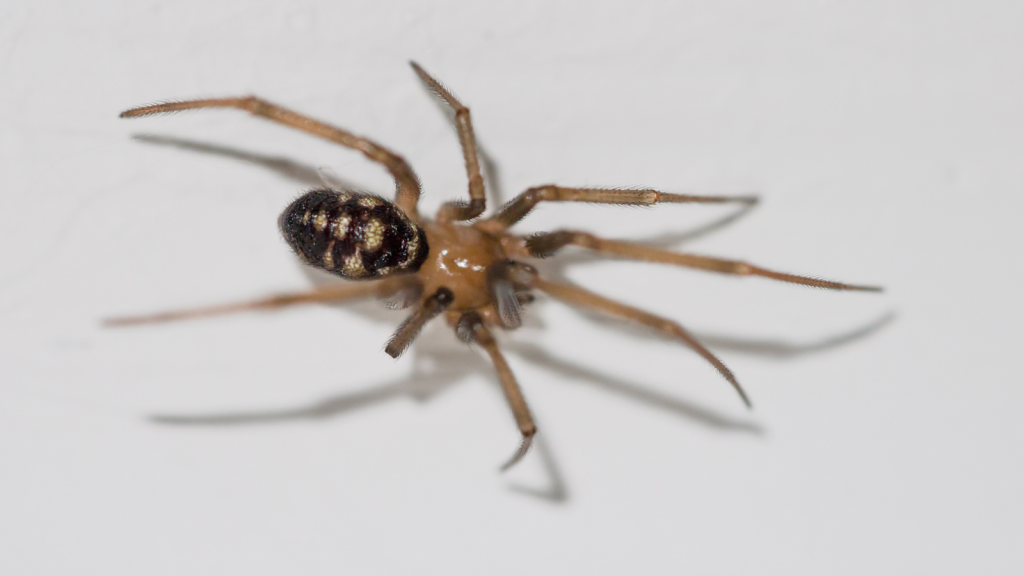
The cupboard spider, as its name suggests, is often found in dark, undisturbed areas of homes like cupboards and cellars. They’re related to the false widow spider and have a similar appearance with a bulbous abdomen. These spiders build irregular webs and are most active at night. While they can bite if handled roughly, they’re not typically aggressive. Cupboard spiders are known for their longevity, with females capable of living up to six years. They’re excellent at controlling household pests, particularly flies and moths.
Missing Sector Orb Weaver
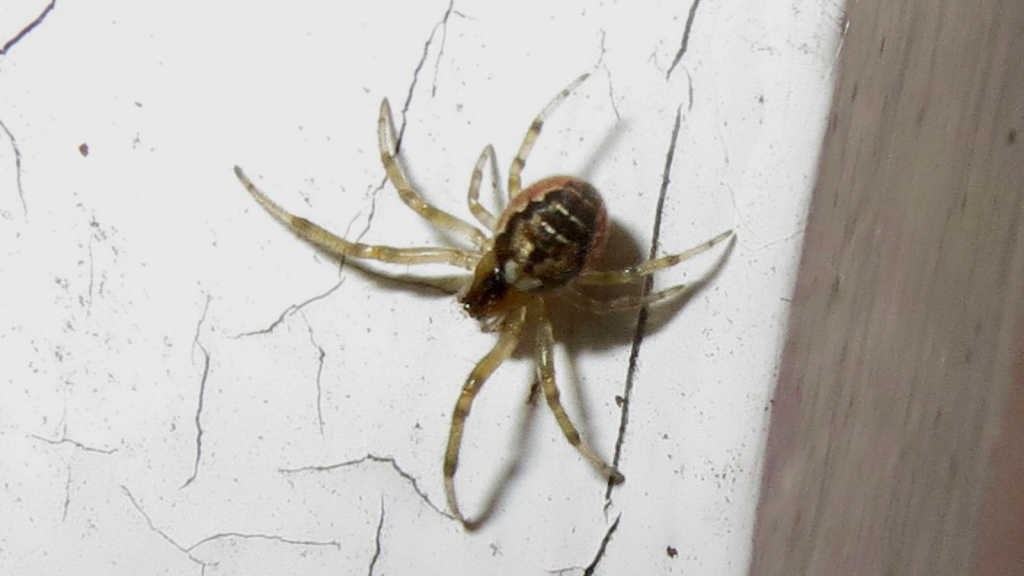
The missing sector orb weaver is named for the distinctive gap it leaves in its circular web. These spiders are often found in gardens but can make their way into homes. They have a striking appearance with a leaf-shaped pattern on their abdomens. These spiders rebuild their webs each night, eating the old one to recycle the silk proteins. The missing sector in their web is thought to be a clever adaptation to avoid detection by prey. They’re most active during the warmer months and are excellent at controlling flying insects in gardens.
Cross Spider
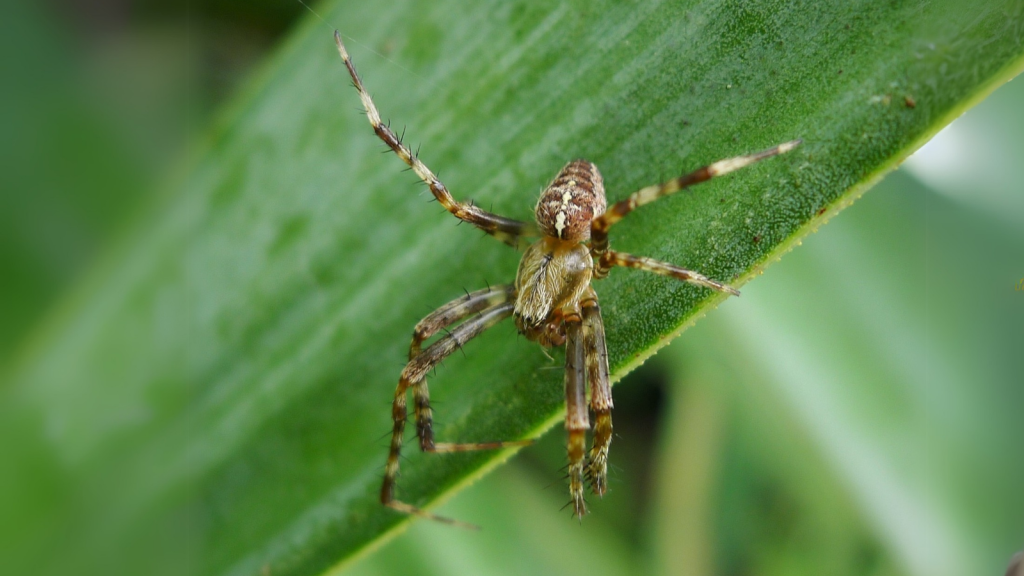
The cross spider, also known as the European garden spider, is recognised by the distinctive white cross-shaped marking on its back. They’re commonly found in gardens but can sometimes venture indoors. These spiders are known for their large, intricate orb webs which they often rebuild daily. They’re most active during late summer and early autumn. Cross spiders have poor eyesight and rely on vibrations in their web to detect prey. They’re capable of adjusting their web-building behaviour based on the availability of prey and the weather conditions.
Walnut Orb Weaver Spider
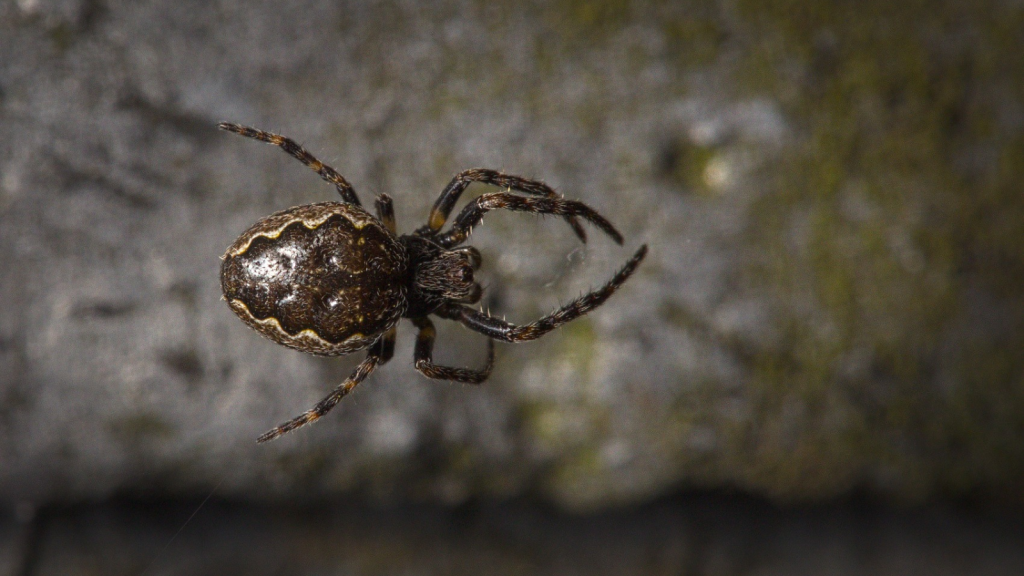
The walnut orb weaver spider gets its name from its walnut-shaped abdomen. These spiders are often found in gardens but can occasionally make their way inside homes. They’re known for their beautifully constructed orb webs, which they tend to build at dusk and take down at dawn. Their colouring can vary from pale brown to almost black. Walnut orb weavers are known for their patience, often sitting motionless in the centre of their web for hours waiting for prey. They have a unique defence mechanism where they can vibrate their web rapidly to appear blurry and confuse potential predators.
Comb-Footed Spider
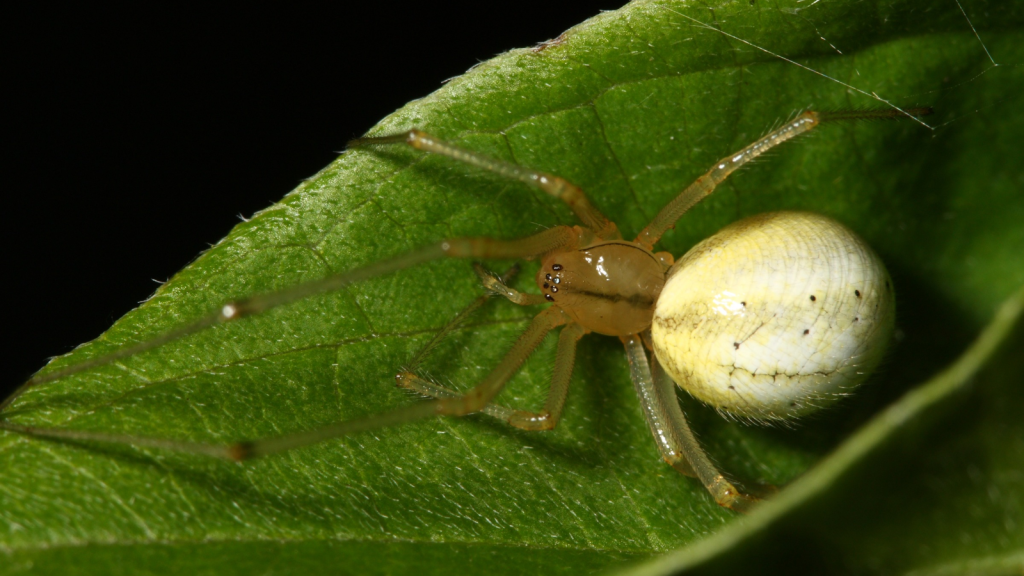
The comb-footed spider, also known as the cobweb spider, is a common household spider. They get their name from the comb-like row of bristles on their back legs, which they use to wrap silk around their prey. These spiders build irregular, tangled webs in corners and under furniture. They’re small, typically brown or grey, and harmless to humans. Comb-footed spiders have poor eyesight and rely on vibrations in their web to detect prey. They’re known for their unique mating ritual where males pluck the female’s web like a guitar string to announce their presence.
Window Spider
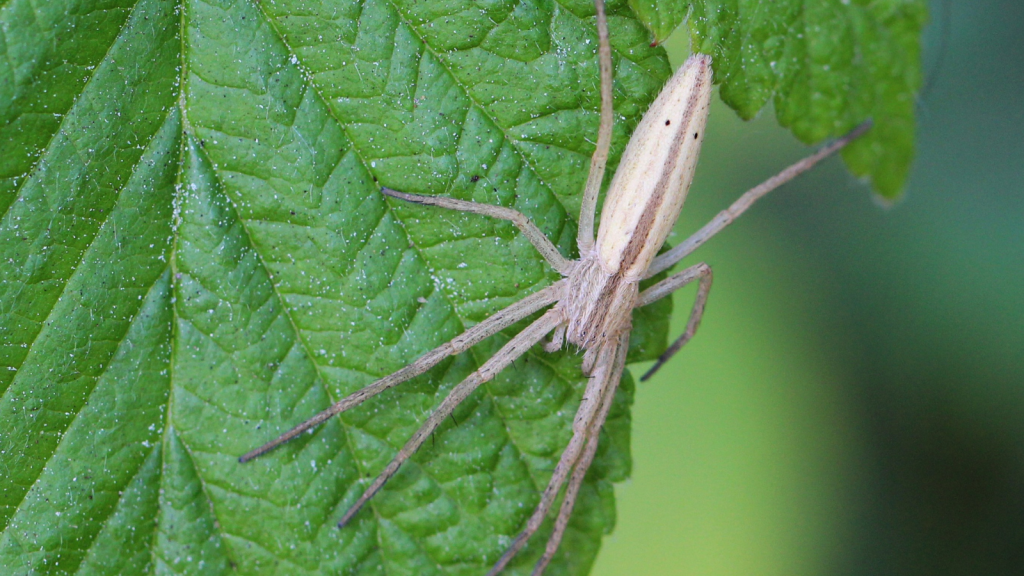
The window spider, also called the reed spider, is often found near windows and door frames. They’re recognisable by their long, flat bodies which allow them to hide in narrow cracks and crevices. These spiders don’t build webs but instead hunt their prey. They’re most active at night and are completely harmless to humans. Window spiders are known for their excellent camouflage, often blending seamlessly with the bark of trees or wooden window frames. They’re patient hunters, waiting motionless for long periods before striking at passing insects.
Cave Spider

The cave spider, despite its name, can often be found in dark, damp areas of houses such as cellars and bathrooms. They’re one of the largest British spiders, with leg spans reaching up to 12 cm. These spiders have poor eyesight and rely on vibrations to detect prey. While they might look intimidating, they’re not aggressive and rarely bite humans. Cave spiders are known for their longevity, with some individuals living up to 3-4 years in protected environments. They’re excellent at controlling populations of insects and other invertebrates in caves and similar habitats.
Tube Web Spider

The tube web spider is named for the distinctive tube-shaped web it creates. These spiders are often found in cracks in walls or window frames. They’re recognisable by their metallic green jaws and black body. When disturbed, they have a unique defence mechanism of rapidly vibrating in their web. While they can bite if provoked, they’re generally not aggressive. Tube web spiders are known for their strong silk, which they use to create their signature tube-shaped webs. They’re most active at night and are excellent at controlling flying insects that might enter homes through small cracks or crevices.
Buzzing Spider
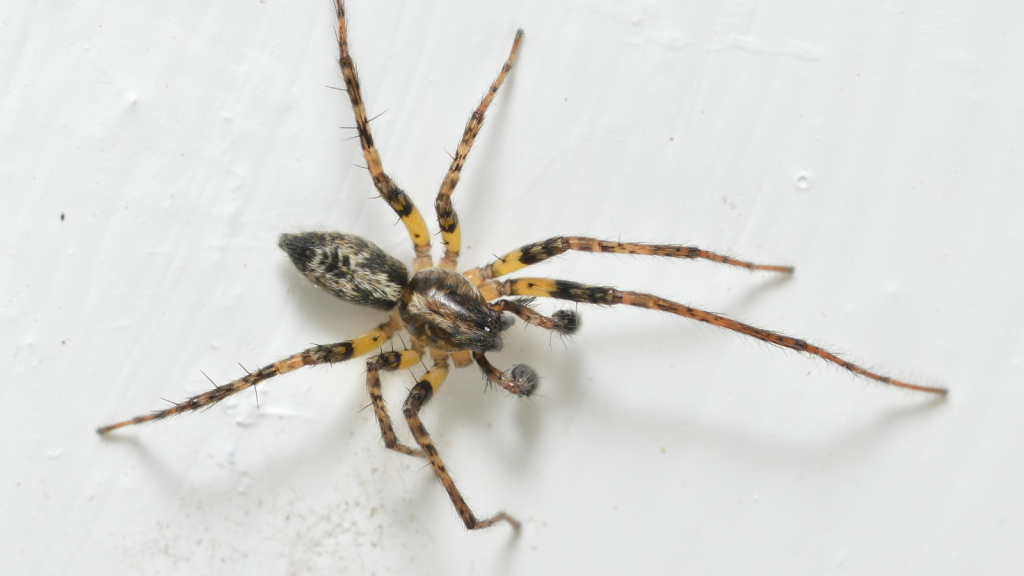
The buzzing spider, also known as the buzzing lace weaver, gets its name from the buzzing sound it makes when threatened. These spiders are often found in gardens but can sometimes venture indoors. They’re recognisable by their dark brown colour and hairy appearance. Despite their intimidating sound, they’re harmless to humans and actually beneficial for controlling garden pests. The buzzing sound is produced by the spider rubbing its abdomen against dry leaves or bark. This behaviour is thought to deter predators by mimicking the sound of larger, more dangerous insects.
Mouse Spider
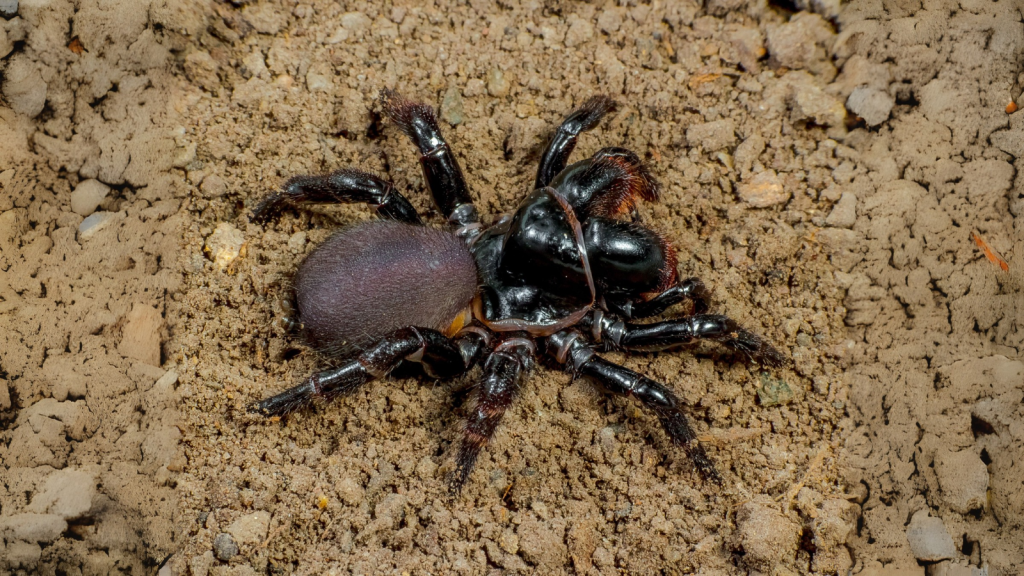
The mouse spider gets its name from its furry appearance, which is somewhat reminiscent of a mouse. These spiders are often found in gardens but can make their way into homes. They’re recognisable by their large, black bodies and white markings. Mouse spiders don’t build webs but instead hunt their prey on the ground. They’re known for their excellent burrowing skills, often creating silk-lined retreats in soil or under rocks. Mouse spiders are most active at night and are particularly adept at catching ground-dwelling insects.
Harvestman Spider

The harvestman, despite its spider-like appearance, isn’t actually a true spider. They’re easily recognised by their extremely long, thin legs and small, round bodies. Harvestmen are often found in gardens but can venture indoors. Unlike spiders, they don’t produce silk or venom and are completely harmless to humans. Harvestmen are omnivores and will eat a variety of foods including small insects, plant matter, and even bird droppings. They have a unique defence mechanism where they can detach their legs if caught by a predator, allowing them to escape.
Woodlouse Spider
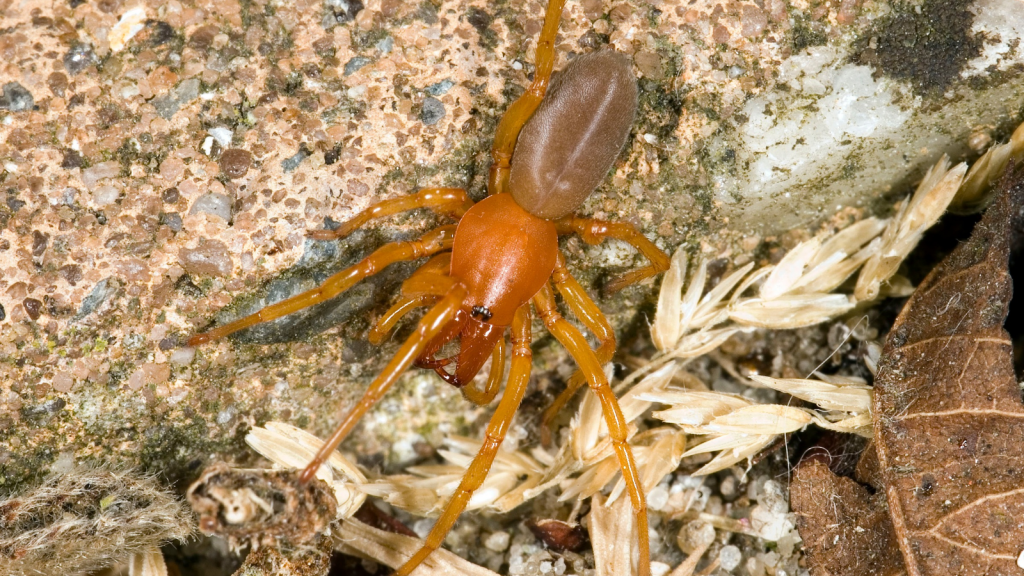
The woodlouse spider is named for its primary prey – woodlice. These spiders are often found in damp areas of homes, such as basements or bathrooms. They’re recognisable by their bright red bodies and large, powerful jaws. Despite their somewhat intimidating appearance, they’re not aggressive towards humans and their bite, while possible, is rare and not dangerous. Woodlouse spiders have six eyes arranged in three pairs, unlike most spiders which have eight eyes. They don’t build webs but instead actively hunt their prey, using their powerful jaws to crush the hard exoskeletons of woodlice.
Orb Weaver Spider
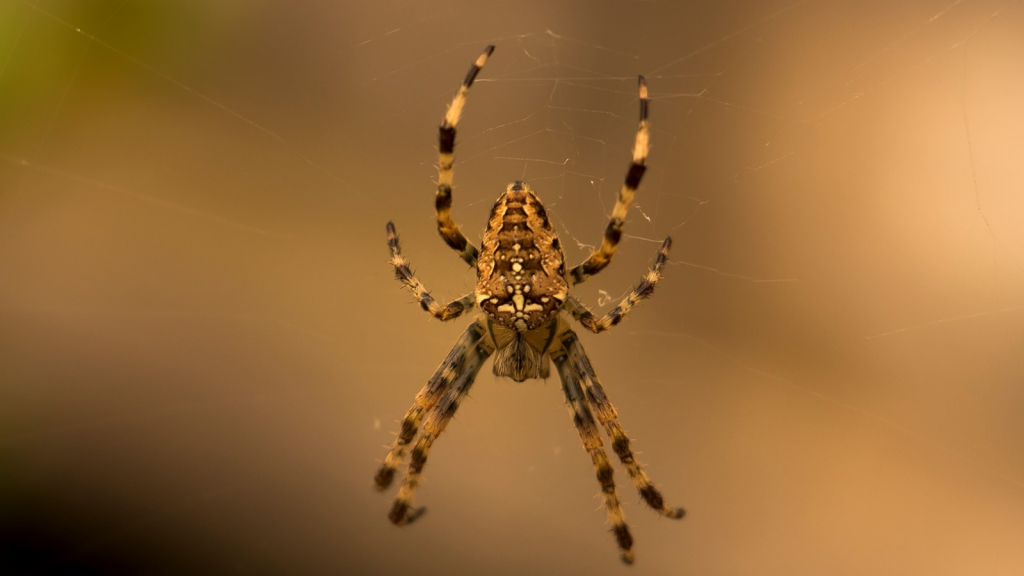
The term ‘orb weaver’ refers to a family of spiders known for their circular webs. Several species of orb weavers can be found in British homes. They’re often brightly coloured with distinctive patterns on their abdomens. These spiders are most active during late summer and autumn, when you might spot their impressive webs in your garden or near windows. Many orb weavers consume their webs daily, recycling the silk proteins to build a new web the next day. They have poor eyesight and rely on vibrations in their web to detect prey, which they quickly wrap in silk before consuming.
Candy-Stripe Spider
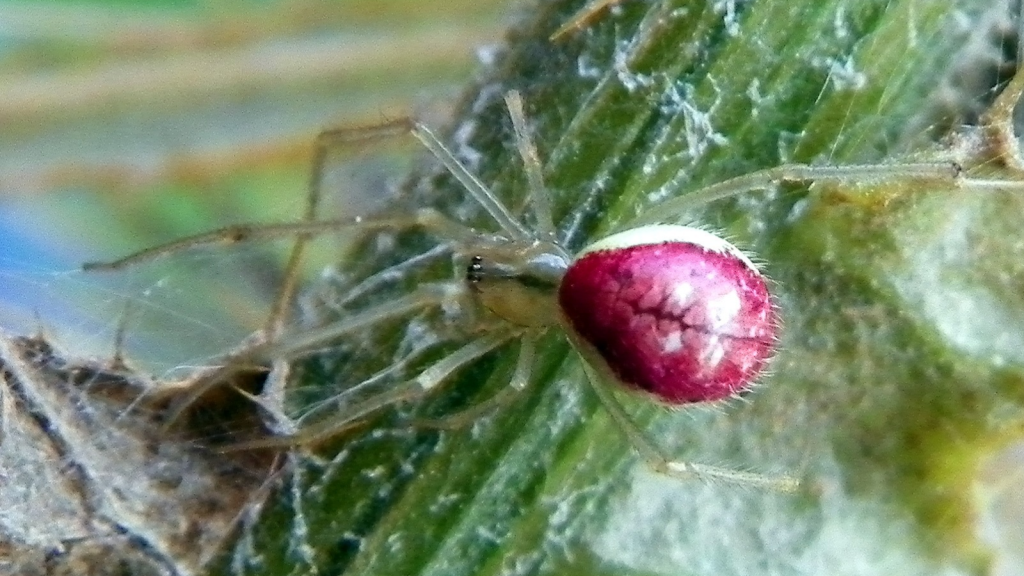
The candy-stripe spider, also known as the hammock spider, is named for its distinctive striped pattern. These small spiders are often found in gardens but can sometimes make their way indoors. They’re known for their unique web-building behaviour, creating hammock-like webs between plant stems. While small, their bright colouration makes them a striking sight. Candy-stripe spiders are known for their parental care, with mothers guarding their egg sacs until the spiderlings hatch. These spiders are most active during the day and are excellent at controlling small flying insects in gardens and greenhouses.
Becky is a fervent wildlife enthusiast and pet care expert with a diploma in canine nutrition. Her love for animals stretches beyond the domestic, embracing the wild tapestry of global fauna. With over a decade of experience in animal welfare, Becky lends her expertise to OutlandishOwl through insightful articles, captivating wildlife information, and invaluable guidance on pet nutrition. Her work embodies a deep commitment to understanding the intricate lives of animals and a passion for educating others on sustaining natural habitats. Becky's hands-on conservation efforts and her knack for translating complex dietary science into practical pet feeding tips make her an indispensable voice for creatures great and small.

